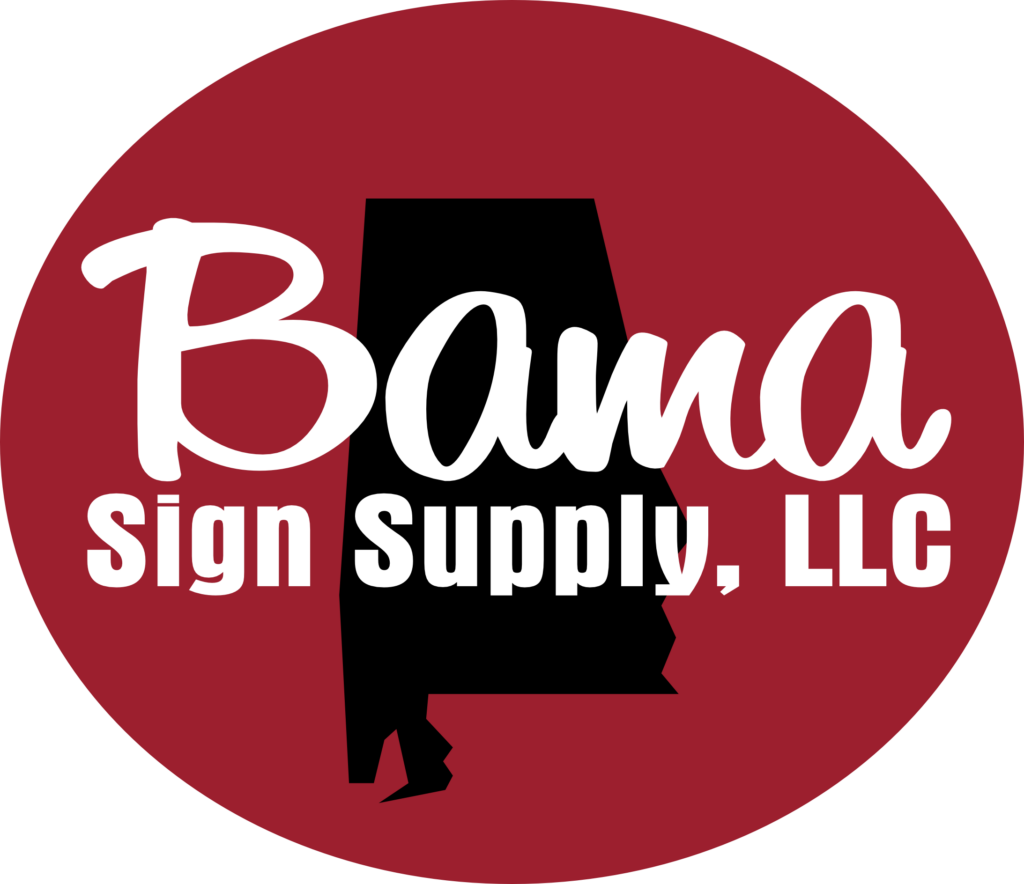Choosing the Perfect Substrates for Indoor and Outdoor Signage
When it comes to creating impactful and durable signage, selecting the right substrate is crucial. Substrates are the materials onto which graphics and text are printed or mounted, and they play a significant role in the overall appearance and longevity of the signage. Whether for indoor or outdoor use, choosing the perfect substrates can make a substantial difference in the effectiveness of your signage.
Indoor Signage Substrates
For indoor signage, it’s essential to consider the environment and the desired aesthetic. Here are some popular substrates for indoor signage:
1. Foam Board: Foam board is a lightweight and versatile option for indoor signage. It is easy to cut and shape, making it ideal for custom shapes and designs. Foam board is commonly used for temporary displays, presentations, and promotional signage.
2. PVC: Polyvinyl chloride (PVC) is a durable and rigid plastic material that is suitable for indoor signage. PVC signs are weather-resistant, making them a reliable choice for long-term indoor applications.
3. Acrylic: Acrylic, also known as Plexiglas, is a transparent thermoplastic that is commonly used for high-end indoor signage. Acrylic signs offer a sleek, professional appearance and can be custom-cut to various shapes and sizes.
Outdoor Signage Substrates
Outdoor signage requires substrates that can withstand harsh weather conditions and UV exposure. Here are some top substrates for outdoor signage:
1. Aluminum Composite Panel (ACP): ACP is a popular choice for outdoor signage due to its durability and weather resistance. It consists of two thin aluminum sheets bonded to a polyethylene core, providing excellent stability and longevity.
2. Corrugated Plastic: Also known as Coroplast, corrugated plastic is a lightweight and cost-effective substrate for outdoor signage. It is waterproof and can withstand exposure to sunlight, making it suitable for temporary outdoor displays and events.
3. Dibond: Dibond is a composite material that consists of a polyethylene core sandwiched between two aluminum sheets. It offers high strength and rigidity, making it a reliable choice for long-term outdoor signage applications.
Considerations for Substrate Selection
When choosing substrates for indoor and outdoor signage, several factors should be taken into account:
– Durability: Outdoor signage requires substrates that can withstand wind, rain, and sunlight. Select materials that are weather-resistant and UV-stable to ensure longevity.
– Printability: Some substrates are better suited for printing than others. Consider the printing method and ink compatibility when selecting substrates for signage.
– Environmental impact: Be mindful of the environmental impact of the substrates used. Look for eco-friendly options and consider recyclability and sustainability.
– Aesthetics: The appearance and finish of the substrate should align with the desired aesthetic for the signage. Consider factors such as matte or glossy finishes, color options, and texture.
In conclusion, choosing the perfect substrates for indoor and outdoor signage is a critical decision that can significantly impact the effectiveness and longevity of the signage. By considering factors such as durability, printability, environmental impact, and aesthetics, businesses and individuals can make informed choices that result in high-quality, visually appealing signage solutions.
